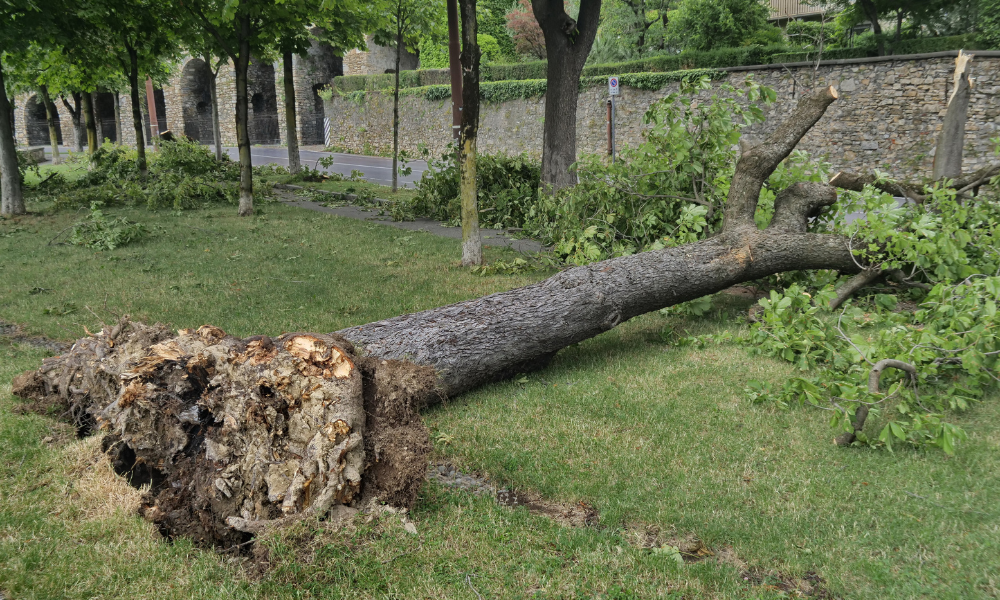Lawyer says it's a 'heavy legislative lift to get the time and resources together to try and harmonize'

As Canada moves closer to a historic national safety harmonization, legal experts are urging employers and safety leaders to prepare for sweeping changes that could finally end decades of regulatory confusion—but not without significant challenges along the way.
Matthew Badrov, a partner at Littler LLP specializing in management-side labour and employment law with a focus on occupational health and safety, says the push to harmonize workplace safety regulations across provinces is a big challenge that could have a profound impact on employers, especially those operating in multiple jurisdictions.
The legal hurdle: Provincial patchwork
“The largest hurdle traditionally has been that our labour and employment laws—and the Occupational Health and Safety Act included—are provincially regulated,” Badrov explains. “We’ve had province-specific laws for decades. It’s a bit of a heavy legislative lift to get the time and resources together to try and harmonize.”
This patchwork of rules has created “confusion around inconsistent requirements across provinces,” Badrov says. For employers operating in multiple provinces, it can be difficult to know whether they are compliant with each jurisdiction’s regulations—especially when the details in the regulations differ from one province to another.
Why harmonization matters now
With the federal government tasking Ontario and Nova Scotia to lead the harmonization effort, and a major national meeting expected this fall, momentum is building. Badrov points out that the current political climate—driven by a desire to break down trade barriers and facilitate labour mobility—makes this a “step in the right direction” for employers, particularly in construction and other safety-sensitive industries.
Opportunities: Clarity, mobility, and digital solutions
A harmonized approach could make compliance and training much simpler. “There’s some hope that a streamlined national approach would make it easier for employers, from a training standpoint, to ensure that their employees are adequately trained, have the right certificates, and are able to move people across borders more easily,” Badrov says.
Badrov also highlights the potential of digital certification platforms to simplify compliance, reduce repetitive recertification, and improve transparency. “Support for digital certification platforms is a rightful idea. It’ll help simplify compliance for employers and workers and help reduce some of the repetitive recertification and help improve transparency across jurisdictions,” he says.
What should be harmonized first?
Badrov recommends focusing on high-risk areas and safety-sensitive industries: “Mining, construction, health and community care—industries where safety-sensitive positions could impact workers and the public. Within those, regulations like working at heights, confined spaces, and hoisting and rigging should be prioritized for harmonization.”
Advice for employers and safety leaders
For employers, the message is clear: Stay informed and proactive. “Our role as management-side counsel is to ensure that our clients are aware of what these changes are, so that they can abide by them,” Badrov says. He urges safety leaders to continue educating themselves, collaborate with peers, and leverage industry resources to prepare for the coming changes.
Badrov’s advice to his legal peers and safety professionals alike: “Continue to keep an eye on the developments, media reporting, and any legislation coming out of the meetings.”




